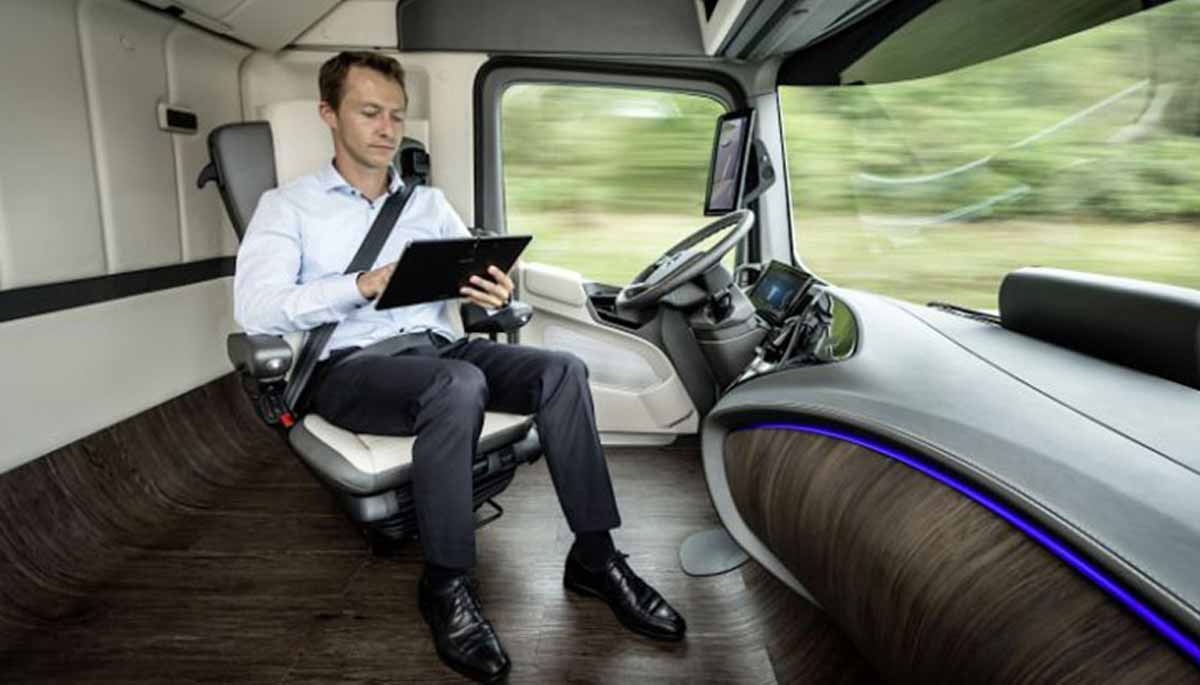
Self-Driving Vehicles: Will They Affect eCommerce?
Reduced fuel consumption, faster driving speeds, safer roads, and fewer costs; these are just some of the possible benefits attained by the advent of self-driving vehicles. The technology is also expected to impact the eCommerce industry. Autonomous vehicles are capable of sensing environments, navigating roads without human input using radar, lidar (a detection technology that measures distance by illuminating a target with a laser light), GPS, odometry (the use of motion sensors to calculate a change in position), and computer vision. Forecasts indicate that there will likely be 10 million autonomous vehicles on the road by 2020 (Business Insider).
During the next few years, the popularity of self-driving vehicles is expected to grow as more vehicle manufacturers and tech firms continue to innovate and refine autonomous technologies. Society may benefit by the potentially safer driving conditions, enriched ride sharing services, accident prevention, and decreased personal liability. As cities struggle to manage traffic due to urban sprawl (the expansion of populations into low density, suburban areas), self-driving ridesharing vehicles and autonomous public transit could provide a sustainable solution for metropolitan areas to keep roads uncluttered.
As autonomous vehicles begin to drive passengers, they might also drive eCommerce. One of the key growth factors for the eCommerce industry will likely be the integration of self-navigating technology into trucking and shipping fleets. Today in the U.S., approximately 75% of shipping costs are related to labor. This includes truck driver wages and restrictions that limit drivers to 11 hours on the road per day. Self-driving truck fleets may be able to alleviate some of these issues by removing the need for a driver and by navigating roads for nearly 24 hours without stopping. Furthermore, autonomous trucks are engineered to travel at the most fuel-efficient speeds, the results of which could double the entire delivery output of the U.S. transportation network at a quarter of the cost. This new technology may also result in reduced shipping times, swaying shoppers to order more everyday goods online due to speed and convenience.
With self-driving vehicles on the road, consumers could spend less time driving and more time shopping online. The average travel time to work in the U.S. is 25.4 minutes, according to the U.S. Census Bureau. This equates to nearly 200 hours and $2,600 a year in costs that American drivers lose on their way to work (CNN Money). With autonomous vehicles in control, commuters could spend this time working, catching up on sleep, or browsing the web. By utilizing autonomous ride sharing and public transit options, passengers could spare their wallets from the expense of fuel and car maintenance and instead use more of their earnings shopping online. Global digital-media revenues could increase $5.5 billion per year for every additional minute people spend on the mobile Internet while in a car (Mckinsey & Company).
eCommerce and digital marketing firms could see additional business opportunities arise from the commercialization of self-driving vehicles. Self-driving ride sharing services and autonomous public transit may offer new avenues for companies to target their customers. Interactive window and dashboard displays could allow consumers to learn about new products and promotions from their favorite brands. Companies could harness the data provided from self-navigating vehicles to know exactly who their customers are, where they’re going, and what they’re doing while riding.
Although there are several foreseen benefits for the widespread use of self-driving vehicles, three barriers have been preventing the new technology from hitting the road:
- Technology Pricing- In order for automakers to build an autonomous vehicle, they must add complex systems and components to the car. By 2025, self-driving vehicles are projected to add $7,000 – $10,000 to a car’s sticker price, while freight forwarders will see a $23,500 price increase on trucks (IHS Automotive). Approximately 15% of the additional cost is expected to be derived from hardware needs while 85% is a result of advanced software packages. Although early adopters of self-driving technology will likely experience steep pricing, greater market presence in the future will create economies of scale, allowing the average consumer as well as logistics firms to afford the previously exclusive technology. To alleviate costs, many manufacturers are currently looking to replace the expensive lidar and radar capabilities with new optical computer software that recognizes its surroundings.
- Consumer Trust- With the rapid growth of self-driving vehicles, many drivers are reluctant to give up control of their cars or drive alongside autonomous cars and trucks. Among those who do not want fully autonomous vehicles, 84% said they trust their driving skills more than the technology, and 60% feel the technology is too new and untested (AAA survey). However, autonomous technologies can be found in a large amount of cars on the road today. Features like brake assistance, lane guidance, and self-parking are all semi-autonomous driving innovations that drivers have become comfortable with over time. In general, consumer opinions may shift as the importance of safety is projected to be a large contribution that autonomous vehicles bring to the public. According to research from Mckinsey & Company, automated vehicles could reduce accidents by up to 90 percent.
- Government Regulation- The future of self-driving vehicles is largely dependent on how government regulations will impact the technology. What kind of restrictions and limits will be placed on autonomous technology? How will regular vehicles and autonomous vehicles communicate on the road? For many fleet operators, the cost benefits of adopting driverless trucks are not yet sufficient enough to justify an investment. According to consulting firm Roland Berger, government funding and subsidizing may be needed before the technology is adopted on a massive scale. Furthermore, regulations are necessary for self-driving vehicles to become road legal and therefore be incorporated in eCommerce fulfillment initiatives. The National Highway Traffic Safety Administration has begun creating guidelines for the vehicles and over 20 states have introduced legislation. The NHTSA recently committed to spending $3.9 billion over 10 years to accelerate the development of self-driving cars and vehicle-to-infrastructure communications, paving the road for the technology to be integrated within streets across the country.
With the support of governments, the acceptance of consumers, and decreasing transportation costs, self-driving vehicles are poised to shape the future of eCommerce. Commuters may gain additional time to shop online and search the web by spending less time behind the wheel. Companies may profit from new sales and advertising platforms that provide advanced consumer data. eCommerce sales have the potential to increase substantially as the industry could benefit from higher consumer purchasing power and shopping convenience. Autonomous vehicles are no longer a futuristic vision from The Jetsons; self-driving vehicles have arrived, and over time may change the way we move and alter fulfillment and transportation infrastructures by providing new capabilities and offering an array of new business models.
Sources
AAA Newsroom, Business Insider, CNN, eMarketer, IHS Automotive, KPMG, Mckinsey & Company, National Conference of State Legislatures, Roland Berger, TechCrunch, WNYC


